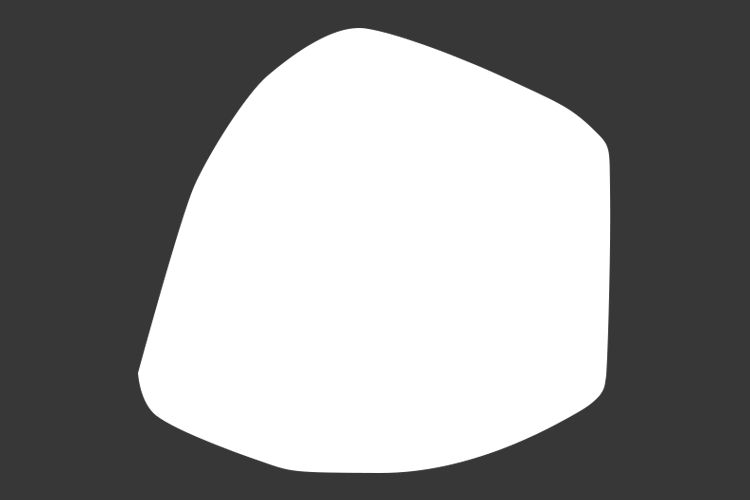Scheda punto di interesse
DESCRIPTION
At short distance from the bridge of the Cyclops, towards Cagli, Montecchini (1879) reports two chiavicotti formed only by boulders in "grigna stone", both ten-meter long and, respectively, m 0.60 and m 0.90 wide; a modern part had been added at the ends to widen the road.
The Bridge plan is characterized by two side walls about two meters large, which determine a drainage channel about seven meters long and one meter wide. The façade facing the valley has a masonry in opus quadratum, consisting in six rows of large blocks. The “mouth” of the chiavicotto is about three meters high; the width is halved at the fourth row from the ground, where two protruding blocks constitute the support surface of the cover flange, formed by large well squared limestone slabs and carefully arranged to fit together.
Several other chiavicotti exist along the Flaminia and they generally present similar characteristics. They are built without distinction with slabs of carnelian stone or with blocks of "grigna stone" and appear to be part of a wider project to monumentalise the road, started on a large scale by Augustus, continued with some improvements and restoration of the roads in the Flavian era, in the first Antonine period with Trajan and Hadrian and again in later centuries.








